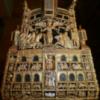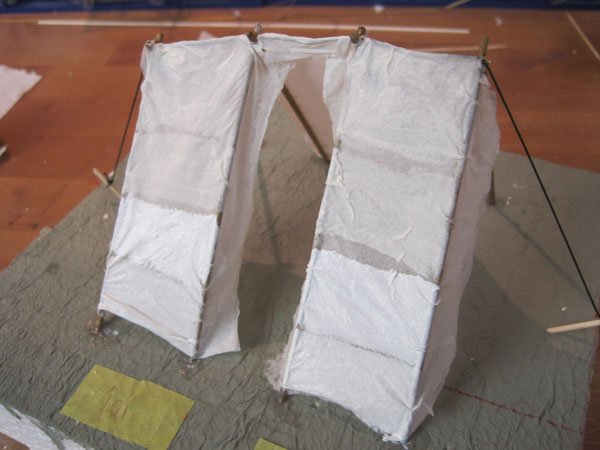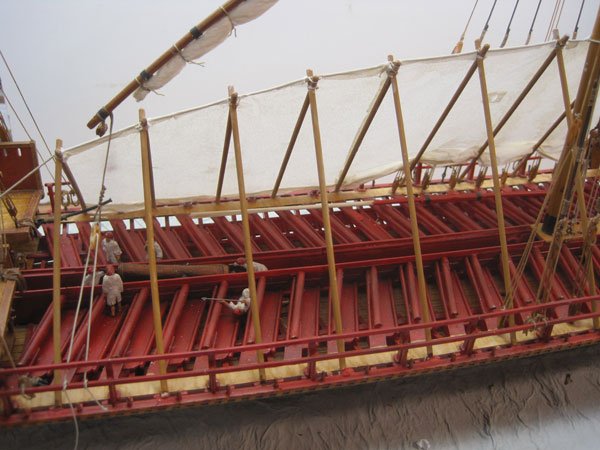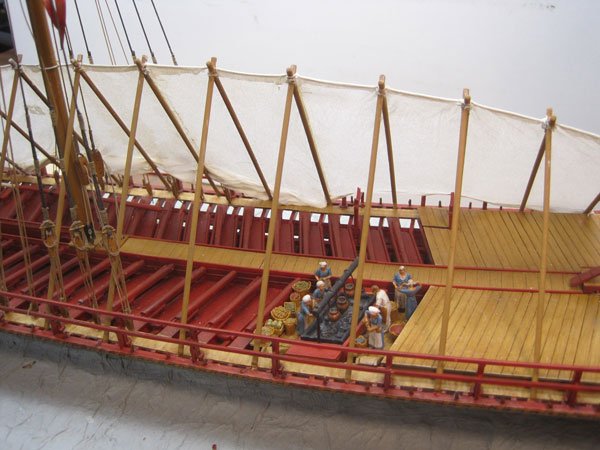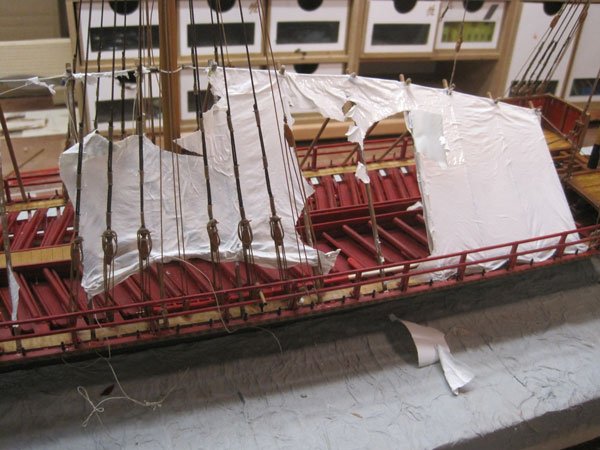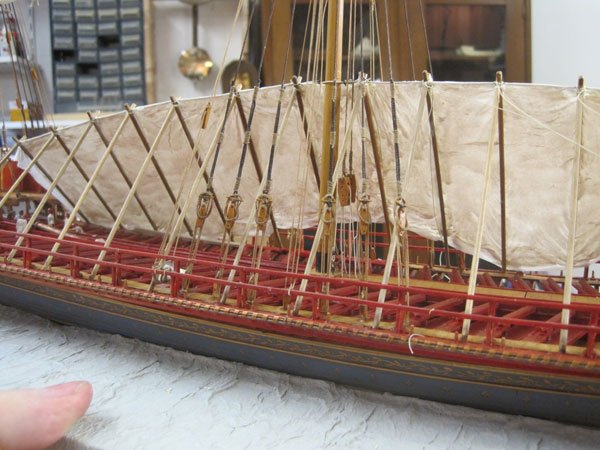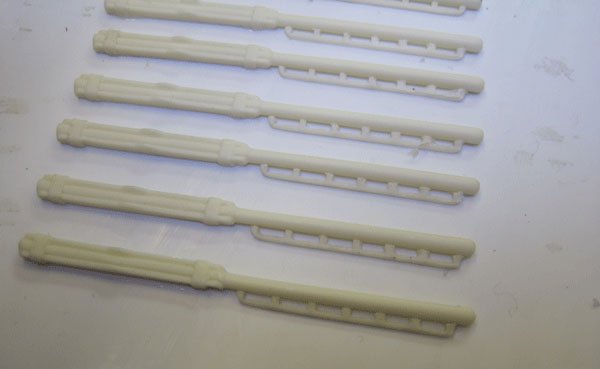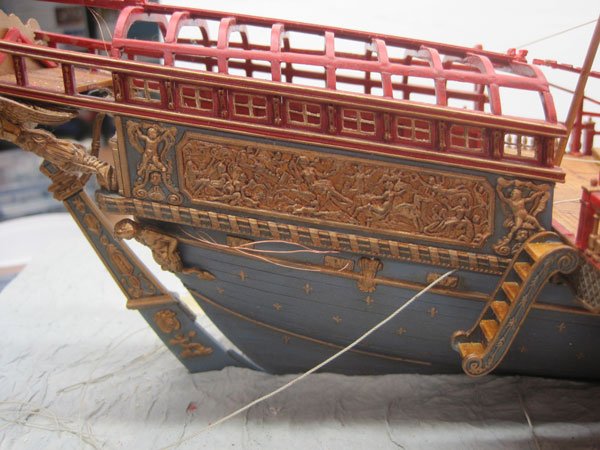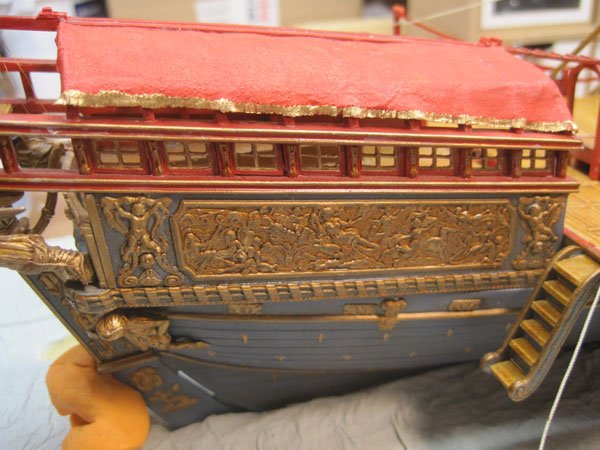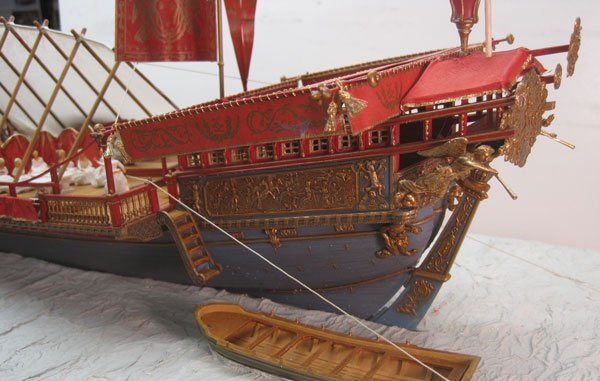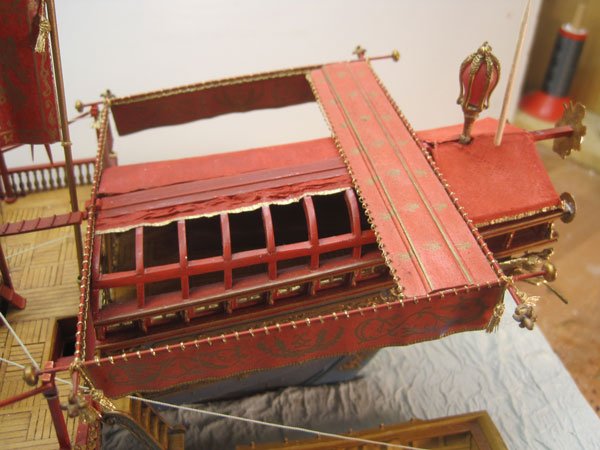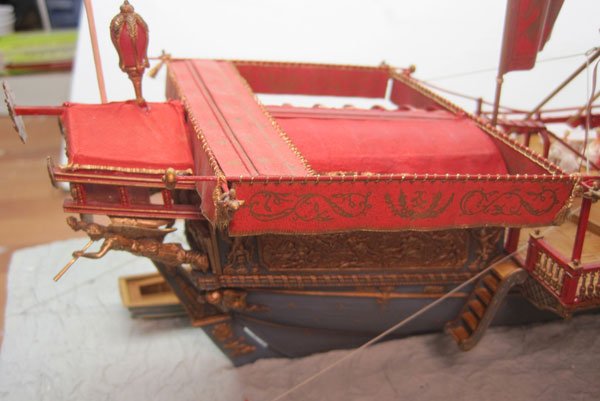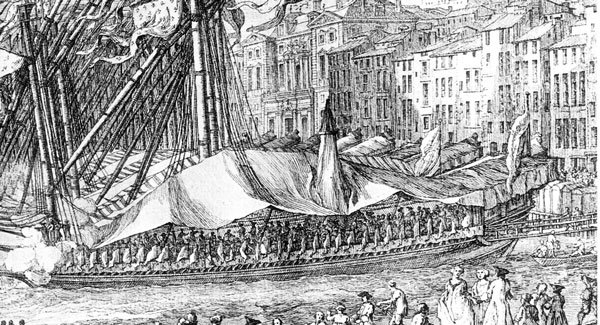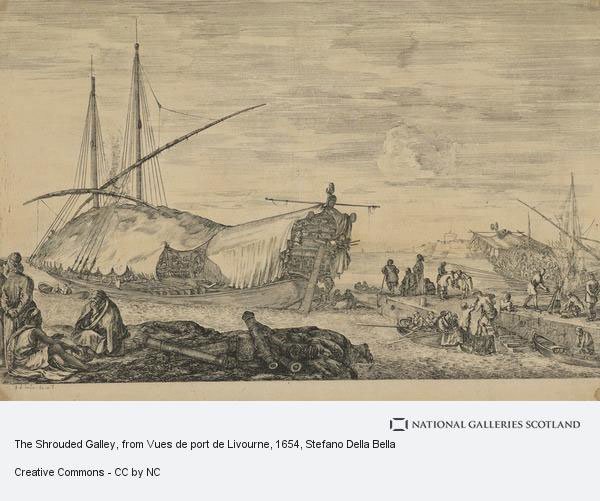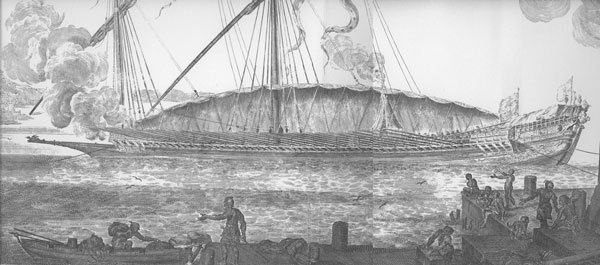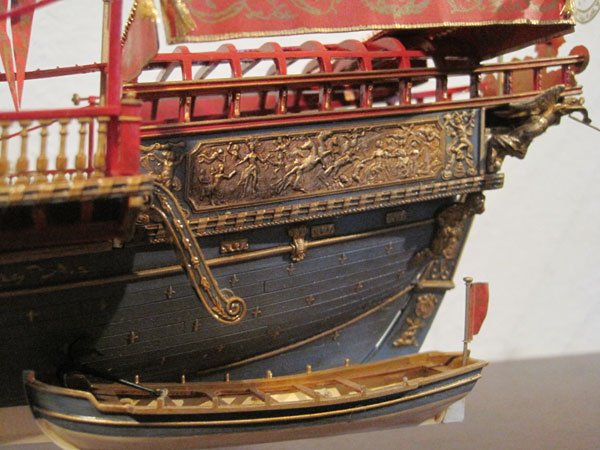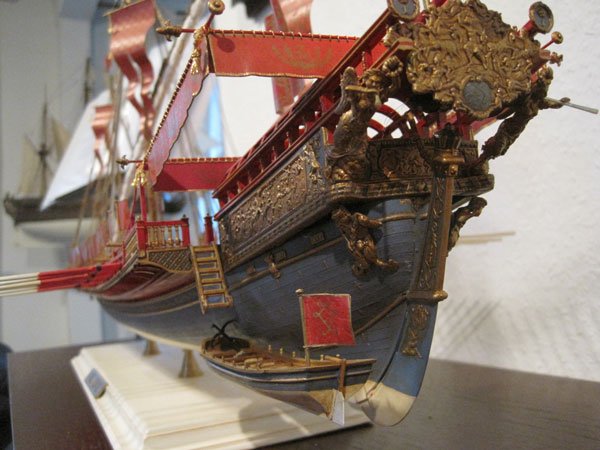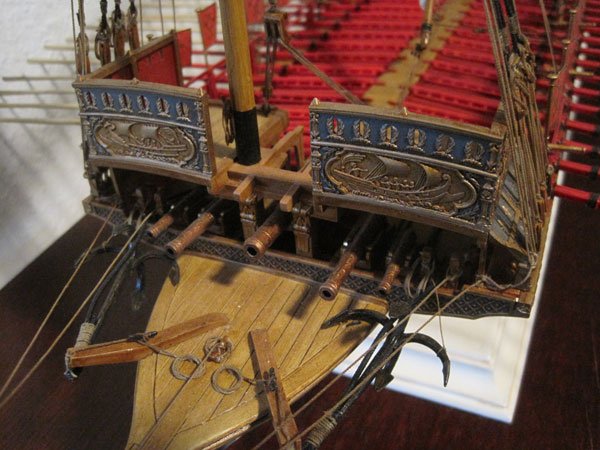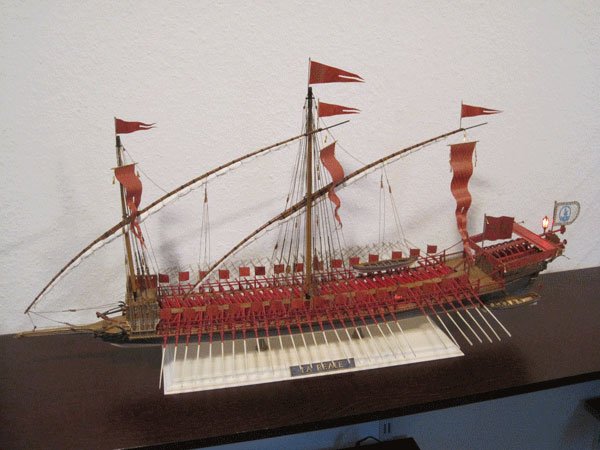
Schmidt
Members-
Posts
15 -
Joined
-
Last visited
Recent Profile Visitors
-
 Hubac's Historian reacted to a post in a topic:
La Reale by Schmidt - Heller - converted for a "Galley Festival"
Hubac's Historian reacted to a post in a topic:
La Reale by Schmidt - Heller - converted for a "Galley Festival"
-
 thibaultron reacted to a post in a topic:
Utrecht by tlevine - FINISHED - HiSModel - 1:72
thibaultron reacted to a post in a topic:
Utrecht by tlevine - FINISHED - HiSModel - 1:72
-
 Nirvana reacted to a post in a topic:
Utrecht by tlevine - FINISHED - HiSModel - 1:72
Nirvana reacted to a post in a topic:
Utrecht by tlevine - FINISHED - HiSModel - 1:72
-
 tlevine reacted to a post in a topic:
Utrecht by tlevine - FINISHED - HiSModel - 1:72
tlevine reacted to a post in a topic:
Utrecht by tlevine - FINISHED - HiSModel - 1:72
-
 Ryland Craze reacted to a post in a topic:
Utrecht by tlevine - FINISHED - HiSModel - 1:72
Ryland Craze reacted to a post in a topic:
Utrecht by tlevine - FINISHED - HiSModel - 1:72
-
I've been building the same model since the beginning of the year, and I've faced the same problems so far. Sometimes I have found similar solutions, sometimes different ones. Although I bought the premium version, I haven't used the veneer deck because I don't like the grain that goes across the planks. Basically, it is to be welcomed that a new manufacturer of plastic models has appeared on the market. It has been many years since one of the big companies last invested in the construction of an antique sailing ship (Vasa, Batavia). I would have liked a different kind of ship. There are kits of the Utrecht in wood and there was one in resin. But the HIS company probably relied on the attractiveness of the existing prototype in the Netherlands. I hope they will continue and that there will soon be kits based on more unusual ships. On the whole, I think the beginning is quite successful. Schmidt
-
It was not easy to build an awning with the upper edge forming a harmonious line, as can be seen in contemporary illustrations, even if they are somewhat idealized. The structure of the scaffolding consists of wooden sticks with a diameter of 2 mm. Less was measured than tried and discarded and tried again. The awning itself is made of paper handkerchief that has been treated with a mixture of white glue and water. The handkerchief is roughly cut and moistened in place. The process is very delicate because the material tends to tear when treated carelessly or with a too sharp tool. I was genuinely surprised that no particular disasters happened. But then there was one, because when I wanted to paint the awning after it was dry, ugly dirty clouds appeared on the inside, which did not disappear through several coats of paint. Here some pictures of the process: Building up the awning. Everything seemed fine. [img]https://up.picr.de/48048096rs.jpg[/img] [img]https://up.picr.de/48048097vd.jpg[/img] But then, after painting, the ugly clouds appeared on the inside. God knows why. [img]https://up.picr.de/48048099sv.jpg[/img] Nothing to see from the outside. A miracle, but not a good one. [img]https://up.picr.de/48048100ww.jpg[/img] Because I could not stand the clouds (on the awning), I broke up everything. No fun either, for the handkerchief awning stuck to the supports and I had to build up everything for a second time. [img]https://up.picr.de/48048098fr.jpg[/img] Schmidt
-
 Hubac's Historian reacted to a post in a topic:
La Reale by Schmidt - Heller - converted for a "Galley Festival"
Hubac's Historian reacted to a post in a topic:
La Reale by Schmidt - Heller - converted for a "Galley Festival"
-
 GrandpaPhil reacted to a post in a topic:
La Reale by Schmidt - Heller - converted for a "Galley Festival"
GrandpaPhil reacted to a post in a topic:
La Reale by Schmidt - Heller - converted for a "Galley Festival"
-
 Baker reacted to a post in a topic:
La Reale by Schmidt - Heller - converted for a "Galley Festival"
Baker reacted to a post in a topic:
La Reale by Schmidt - Heller - converted for a "Galley Festival"
-
 Baker reacted to a post in a topic:
La Reale by Schmidt - Heller - converted for a "Galley Festival"
Baker reacted to a post in a topic:
La Reale by Schmidt - Heller - converted for a "Galley Festival"
-
 Baker reacted to a post in a topic:
La Reale by Schmidt - Heller - converted for a "Galley Festival"
Baker reacted to a post in a topic:
La Reale by Schmidt - Heller - converted for a "Galley Festival"
-
I had big problems with the input of text and images, which I couldn't get under control. That's why there has been a break here. I will try to continue the construction report of the model that has been further completed in the meantime. Of course, one cannot expect the noble ladies and gentlemen of the seventeenth and eighteenth centuries to step over the row benches on which the galley slaves were chained. For this reason, the crew laid planks over the rear row benches, which form a flat surface on both sides of the running track (coursie). In the photo you can already see the supports for the awning. But its construction is a chapter in itself that I will deal with later. Schmidt
-
Hello George, First of all thank you very much for this construction report. I have this kit in my stash since many years. In fact I bought it bevore I returned to my old love: plastic model kits of old sailing ships. I loved it then and love it even more after seeing your built. You made something very convincing out of this little old treasure. Have you ever researched what role model the Pyro designers had in 1966? Komb ketches were buit for about 150 years until 1830, the later ones having 3 masts. The pyro model still has a latin sail on the mizzen mast, which points to the time around 1700, while the design of the stern (Bounty style), in my opinion, points more to the middle of the 18th century. And one more note: I am biased because I build waterline models myself. So I think the last pictures with the ship "in the water" are particulary good. Only the harbour wall to me seems a little to neat and clean. Schmidt
- 90 replies
-
- bomb ketch
- pyro
-
(and 1 more)
Tagged with:
-
In fact there are two major manipulations on the deck. The first one: The aft deck of the Heller galley is very simply designed with transverse planks. The original occupies a kind of chess pattern parquet here. The cover for access to the lower deck was let into it. I tried to recreate this with strips of polystyrene. I muliplied the completed puzzled part several times with silicone and resin in order to be able to do several color tests on them. Here is the winner. Cut into pieces and relocated, the parquet part also forms the floor inside the pergola. I know the original deck shows an even more complicated pattern, but I was so far content with my work. Schmidt
-
Yaers ago, while building my Reale for the first time, I converted one of the upper parts of the original oars and made a silicone mold of it. Then I connected the casted parts to the lower part of the Heller oars with a brass pin. Schmidt
- 222 replies
-
- reale de france
- heller
-
(and 1 more)
Tagged with:
-
The first change is that I put self-made windows in the structure at the rear. There are models for this in historical illustrations and plans. In my eyes, the structure looks more closed and somehow more "homely". In addition to the windows in the rear, I covered the "pergola" above with a cloth in the same red. The same I did with the small open rear platform. I built a rack to hold the covers. The golden fringes create a special effect and harmonize with the colour style of the hull. Schmidt
-
And here are two pictures that show a so-called Galley Festival (Fête de Galeres). That was certainly not an amusement for the poor galley convicts, but partys for an aristocratic audience. In fact, around 1700 the galleys were less of an effective weapon and more of a kind of royal yacht fleet, which is especially true for the "Real" as their flagship, whose ornaments were designed by a famous sculpturer. From these illustrations and further research I have drawn some suggestions that I would now like to implement. Schmidt
-
@safemaster Thank you for your comment. While reading your built log I learned a lot about further possibilities to upgrade my model. I will refer to that later. And now for the results of my internet research. Here are two contemporary images showing comparable galleys in port or in rest. They have put up “sunsails” or “nightsails” , which I find highly decorative, especially on the second image. Schmidt
-
I have just discovered the excellent and highly informative construction report from safemaster about the "Real" from Heller. Since I am currently working on the same model but have quite a different display intent, it might be interesting for some if I post a construction report here. I built the model about ten years ago, and since then I have actually managed to save the extremely fragile ship undamaged through several moves. In the meantime, however, I've seen myself a little fed up with it, and while researching the Internet, I had an idea for a far-reaching modification. Here are some pictures of the model as I built it ten years ago. It can be clearly seen that I have chosen much paler colors than safemaster. Otherwise, in my opinion, the similarities between our models predominate. I'll go into that later. Schmidt
-
This is great work! For a long time, I have dreamed of building this model so that all the beauty of the original ship comes into its own. Will this built log be continued soon? Or will it continue in another forum? I mean to have seen photos of the model in a later state of construction elsewhere in the internet. Schmidt
- 33 replies
About us
Modelshipworld - Advancing Ship Modeling through Research
SSL Secured
Your security is important for us so this Website is SSL-Secured
NRG Mailing Address
Nautical Research Guild
237 South Lincoln Street
Westmont IL, 60559-1917
Model Ship World ® and the MSW logo are Registered Trademarks, and belong to the Nautical Research Guild (United States Patent and Trademark Office: No. 6,929,264 & No. 6,929,274, registered Dec. 20, 2022)
Helpful Links
About the NRG
If you enjoy building ship models that are historically accurate as well as beautiful, then The Nautical Research Guild (NRG) is just right for you.
The Guild is a non-profit educational organization whose mission is to “Advance Ship Modeling Through Research”. We provide support to our members in their efforts to raise the quality of their model ships.
The Nautical Research Guild has published our world-renowned quarterly magazine, The Nautical Research Journal, since 1955. The pages of the Journal are full of articles by accomplished ship modelers who show you how they create those exquisite details on their models, and by maritime historians who show you the correct details to build. The Journal is available in both print and digital editions. Go to the NRG web site (www.thenrg.org) to download a complimentary digital copy of the Journal. The NRG also publishes plan sets, books and compilations of back issues of the Journal and the former Ships in Scale and Model Ship Builder magazines.


